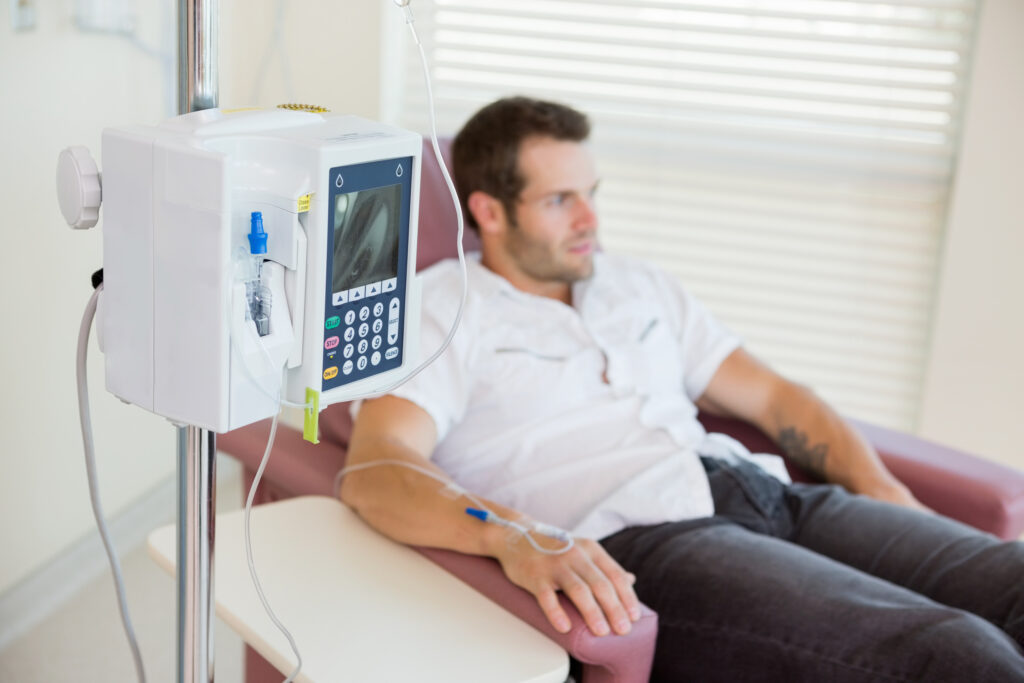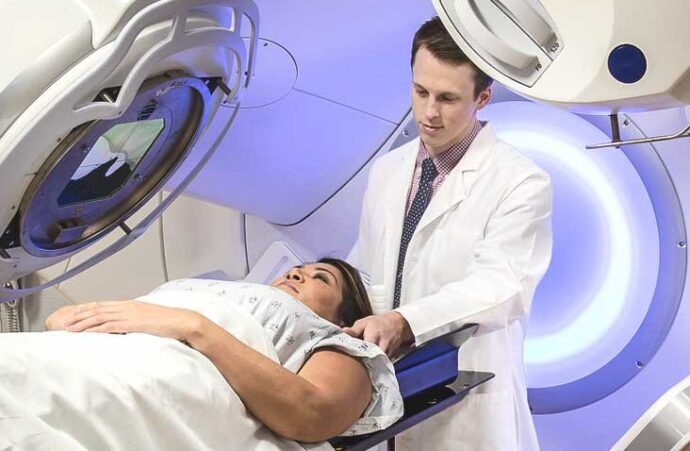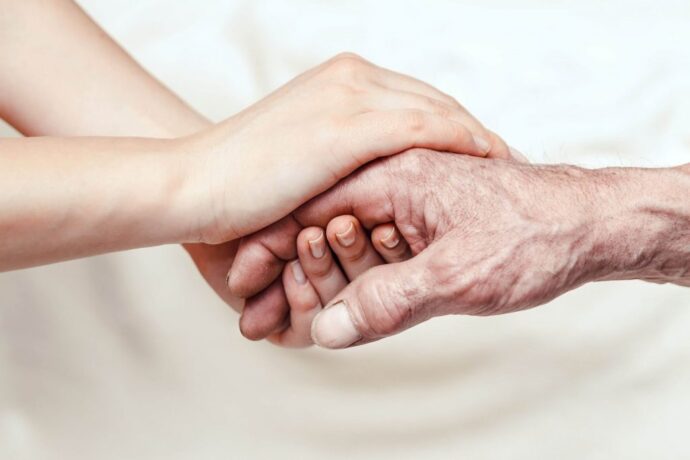Cancer cuts through America. More than 1.8 million new cases of cancer were diagnosed in 2024 alone.
But cancer is becoming more and more survivable. Cancer treatment stops tumors in their tracks while decreasing pain and helping patients’ mental health. Once you learn more, you can help select your own therapies.
What is the common course of treatment for cancer patients? What side effects may someone feel during common therapies? What treatments are there to minimize pain?
Answer these questions to start your approach to good health and recovery. Here is your quick guide.
The Basics of Cancer Treatment
Cancer treatment varies depending on what type of cancer an individual has. Prostate cancer treatment involves different procedures than colon cancer treatment. But in general, most treatment plans combine chemotherapy with radiation therapy and surgery.
Chemotherapy involves injections of chemicals that kill cancer cells within the body. The chemicals target fast-growing cells, but they may damage other cells. This means that doctors select chemicals that are specific to a person’s cancer.
As the name suggests, radiation therapy utilizes doses of radiation to shrink tumors down. Some forms of radiation can cause cancer, but therapy uses types of radiation that damage the DNA of cancer cells. Some therapies are targeted, while others involve the whole body.
Surgery is an invasive procedure to remove tumors and cancerous tissues in the body. It is the last resort if tumors do not shrink through chemotherapy or radiation treatment. But it can be used as a means of diagnosing cancer and removing dangerous cells.
Chemotherapy

Chemotherapy occurs while patients are awake. They are attached to an IV, and they remain seated in a treatment room.
Chemotherapy sessions are scheduled in advance. You can decide when and where you want your treatment, and you can plan ahead for it.
Prior to your session, you should eat full meals and drink plenty of water. Try to avoid foods that may make you nauseous, especially acidic foods like citrus. Get a good night of sleep, and try to rest during the hours before your session.
While you receive your treatment, you can do whatever you want. You can work, watch television, or play games.
Many people feel cold during chemotherapy, so you should bring thick clothing with layers you can take off. Some people may feel tired. Prioritize your health and don’t overwork yourself while you are getting your treatment.
After you complete your session, you can go home. Your side effects may continue, affecting your skin and mouth. Avoid direct sunlight and be careful when brushing or flossing your teeth.
Radiation Therapy

Radiation therapy is similar to chemotherapy. Appointments are scheduled in advance, and you have some say in when you want your therapy.
External beam radiation therapy uses a machine that sends radiation beams through a particular part of the body. It is similar to an MRI scan, in that you will lie on a platform and be surrounded by a machine.
You are always close to trained professionals and family members. You can talk to people while the machine is working. The machine will not touch you, but it may make some noises.
The biggest side effect is fatigue. Some people feel exhausted right after their therapy, while others may feel it later. Some people don’t feel tired at all.
Plan out your day so you can make adjustments based on your tiredness. Get important things done before your therapy. Leave time for yourself to rest and do some light chores afterward.
Some people may encounter digestive problems, including inflammation in their mouth and esophagus. You can work with a dietitian on a plan that will give you the calories and protein that you need.
Surgery

Surgery takes longer than chemotherapy and radiation therapy. Surgeons and patients alike must prepare for the procedure, including by keeping themselves clean.
Many people think of cancer surgery as invasive. They see images of lung cancer treatment where entire lungs are removed.
In reality, many surgeries are minimally invasive. A surgeon may make a few small cuts to remove small tissues. Patients may only require local anesthesia, remaining awake during the operation.
Your doctor will tell you what sort of surgery you will have. You may need to check yourself into inpatient treatment, and you may need to stop eating for some time.
Many people experience pain where their incisions are. You will need to rest and avoid pressure on that area for a few days.
You will also need to keep the area sanitized and bandaged. Your doctor may give you literature on signs of bacterial infection. If you notice that you have any of them, you should schedule a doctor’s appointment right away.
Palliative Care

Palliative care is a system of treatments for people with long-lasting health conditions, including cancer. It is not hospice or end-of-life care. Many people who live long lives use palliative care during their cancer treatment to manage pain and improve their mental health.
Palliative therapists design their treatments to be individualized. Someone who is religious can seek support from a chaplain or church group. An artist can participate in art therapy, while a musician can listen to or perform music.
You can get palliative care at any stage of your treatment plan. Your doctor may refer you to a therapist, or you can go to one by yourself.
If you’re worried about paying for this type of care, you might want to consider a viatical settlement. This is an excellent option for chronically ill individuals to fund healthcare and medical expenses through selling their life insurance policy through sites like harborlifesettlements.com.
You can incorporate your family or support network into your therapy. They can speak to a counselor for support, and they can participate in games and therapies alongside you.
Get the Great Treatment You Deserve
Cancer treatment does not have to be painful. Most patients receive a combination of chemotherapy, radiation therapy, and cancer surgery.
You have a say in when you want your therapy to occur. You can work while you receive chemotherapy drugs. Radiation therapy is short, so you can move on with your day.
Surgery may be minimally invasive and direct. You may encounter feelings of fatigue, nausea, and pain. You can use palliative therapy to combat your side effects.















